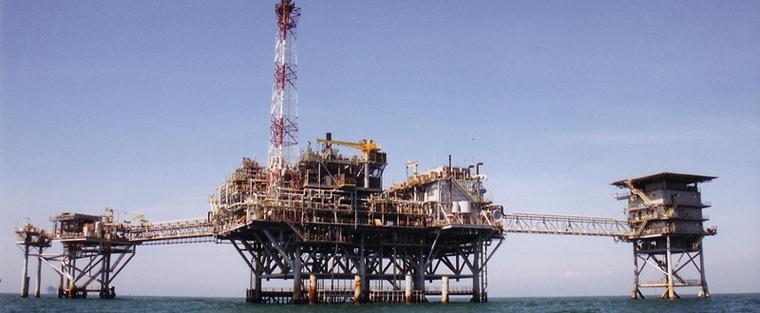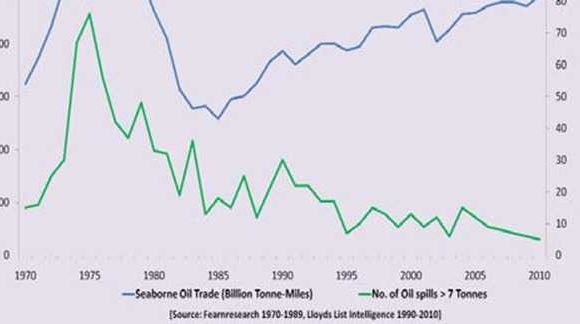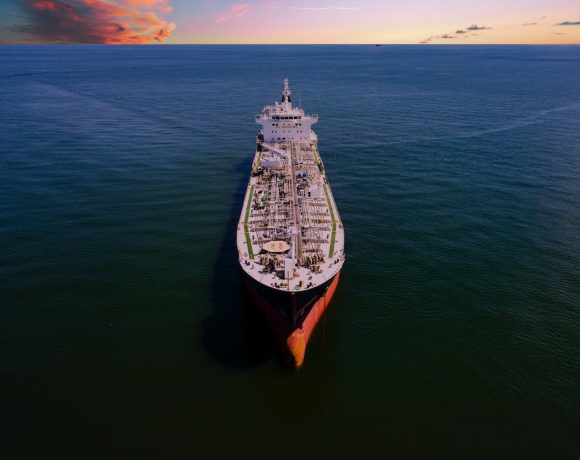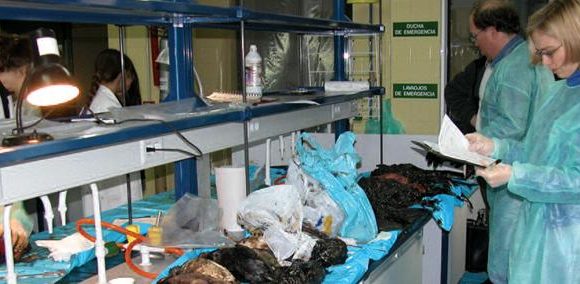Grand Plan for the Gulf of Mexico’s Revival

A large scale revival plan for the U.S. segment of the Gulf of Mexico coastline has been put together by an alliance of conservation groups following the BP oil spill disaster. According to Fortune magazine, 28 million acres of land spanning 1,600 miles of shoreline and five states, namely Texas, Louisiana, Mississippi, Alabama, and Florida are set to receive special protection. The project will draw upon funds which BP was required to pay in fines and which, as of this month, are now available for use in environmental and economic development initiatives.
According to Ole Amundsen of the Conservation Fund and one of the plan’s authors, the scale of the proposed project would be similar to that of the Appalachian Trail, a wildlife sanctuary and a single giant ecosystem which runs from Maine to Georgia.
The plan itself is a prime example of a fresh approach to conservation known as “eco-pragmatism”, whereby a project’s ultimate success rests primarily on voluntary transactions and less on regulatory or legislative measures. Eco-pragmatism pits the needs of humans, which are essentially monetary, against those of endangered species in a particular ecosystem. Eco-pragmatists’ top priority when devising environmental plans is money. At the same time they acknowledge that economic growth is dependent upon ecological conservation. Unpolluted natural landscapes are in everyone’s best interest, from hunters to fishermen, from property developers to wildlife species. The main proponents of this approach include the National Audubon Society, the Nature Conservancy, which is led by former Goldman Sachs executive Mark Tercek, the Land Trust Alliance, the Conservation Fund, a group led by Larry Selzer that pursues economic and environmental goals simultaneously, Ducks Unlimited, and more than 25 various national and regional land trusts.
Some environmentalists fear, however, that the recovery money could be poorly allocated or even misspent. Steve Shepard of the Mississippi chapter of the Sierra Club, which is not a party to the plan, agrees with the land conservationists’ goals. “[It might] stop states [from] building convention centers and baseball stadiums and some of the crazy things that governors want to spend recovery money on,” he says. He also fears that protecting land from the farthest reaches of Texas to the Florida Keys might spread the recovery money too thin and keep the areas most devastated by the spill from receiving the assistance they urgently need.
Amundsen and other eco-pragmatists are banking on the principle of trade-offs to make the plan work. They fear that the areas which have been targeted for conservation could be negatively impacted by the construction of recreational facilities, such as golf courses and casinos, along the coast. Amundsen and the other planners want to share their concept with local property and golf course developers and negotiate with them on environmental and economic aspects. In exchange for concessions which developers and farmers are willing to make, the group could help them to secure funding from federal green planning incentive programs. By bringing the developers on board, negotiating with them and seeking to attain a win-win situation for all parties, the group is pursuing a rather novel approach to the situation, which is all the more ambitious due to the fact that the projects must be managed across five separate states.
The disaster occurred on April 20, 2010 when BP’s Deepwater Horizon exploded at the Macondo Prospect, killing 11 people and allowing up to 5 million barrels of oil to spill into the sea and onto the coastline. Clean-up measures were undertaken by the Coast Guard following the spill, and many of these are still on-going. Scientists from federal agencies are currently working to identify the most serious and damaging effects of the disaster and to determine how to best allocate the money, perhaps up to $17 billion, which BP could be fined. A federal judge found BP guilty of gross negligence in the spill earlier this year. Transocean, which operated the rig, is also facing civil liabilities.
The 2012 RESTORE Act had allocated 80% of these civil fines to the Gulf Coast Restoration Trust Fund. As of November 17, roughly $160 million to $180 million of the money currently available from the fund have begun to be distributed to projects throughout the Gulf region, according to Elizabeth Barber, coordinator of the partnership which brought forth the plan. The distribution of funds for conservation and development projects is overseen by special councils, composed of state officials and generally with some form of input from the federal government.
In a separate criminal case, BP and Transocean reached a settlement which led to the establishment of another $2.5 billion fund. According to Barber, this money will be distributed by the National Fish and Wildlife Foundation, a non-profit organization, with financing announcements expected in November.















